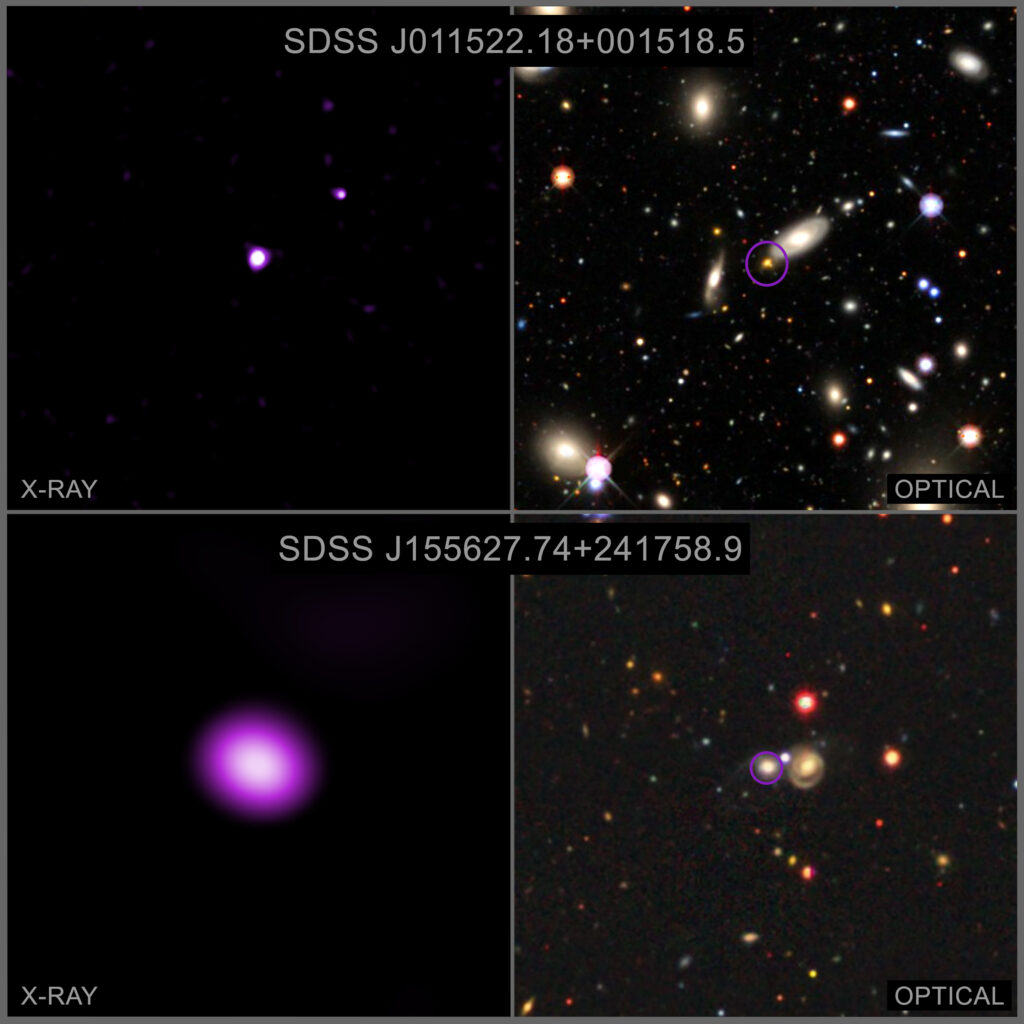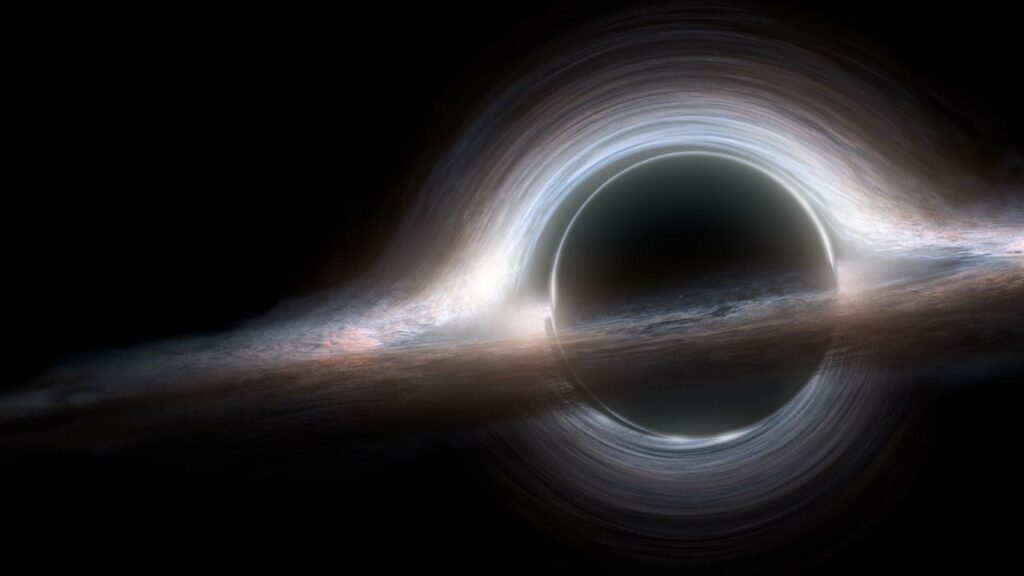Thanks to the data obtained by the Chandra X-ray telescope, astronomers have discovered hundreds of previously unknown supermassive black holes. This will help them to conduct a more accurate “census” of similar objects in the Universe.

It is believed that supermassive black holes are located in the nuclei of most large galaxies. As a rule, they are calculated by activity. When black holes absorb matter, it is accompanied by the release of a significant amount of energy. But some gravity monsters are covered by thick gas-dust clouds, which makes it difficult to detect traces of their activity.
To find hidden black holes, astronomers used the Chandra telescope. The purpose of their observations is galaxies that are no different from their neighbors in the visible range, but at the same time are powerful sources of X-ray radiation (they are also called XBONG galaxies).
According to astronomers, X-rays are especially useful for searching for fast-growing black holes, because the material orbiting them is heated to a temperature of millions of degrees and glows strongly in the X-ray range. And, while the gas-dust cocoon surrounding the black hole blocks visible light, X-rays freely pass through it.

Combining data from Chandra and the Sloan Digital Celestial Survey, the researchers found 817 XBONG galaxies. Subsequent analysis revealed that at least half of them contained hidden supermassive black holes. They are located at a distance of 550 million to 7.8 billion light-years from Earth.
As for the rest of the XBONG galaxies, astronomers believe that in about a hundred cases we are not talking about a single source of X-ray radiation, but about several dispersed objects. Some galaxies may also be part of previously unknown clusters that contain a large amount of hot gas emitting in the X-ray range. Thus, it is possible to classify the order of 20% XBONG galaxies observed by Chandra. The remaining 30% may occur in galaxies, where optical signals from supermassive black holes are diluted by relatively bright starlight.
Recall that astronomers recently found a record-close pair of supermassive black holes.
According to https://www.nasa.gov
Follow us on Twitter to get the most interesting space news in time
https://twitter.com/ust_magazine
